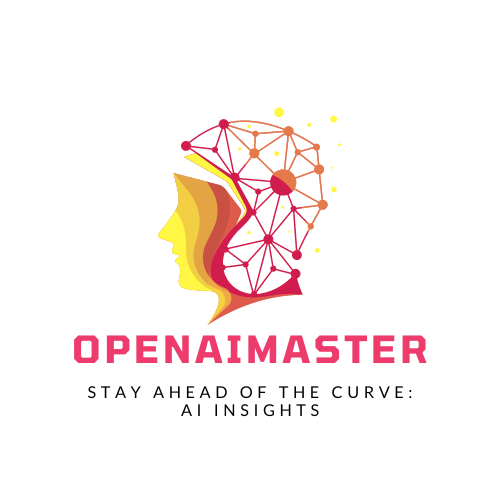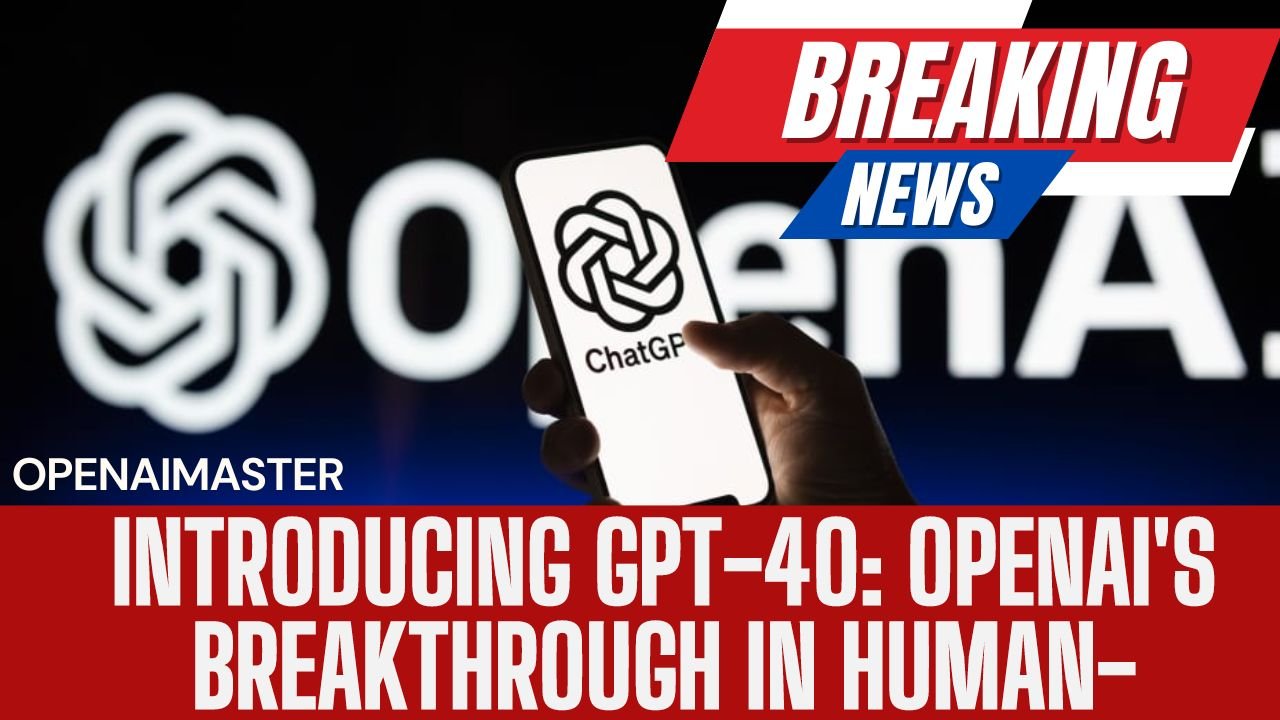OpenAI has just unveiled its latest groundbreaking model, GPT-4o, marking a significant leap forward in the realm of artificial intelligence. This flagship model, dubbed “omni” for its versatility, is designed to seamlessly reason across audio, vision, and text in real-time, revolutionizing human-computer interaction as we know it.
What is GPT-4o?
Unlike its predecessors, GPT-4o boasts the remarkable ability to accept inputs in any combination of text, audio, and image formats, while generating outputs in a similarly diverse array of formats. Notably, it can respond to audio inputs with astonishing speed, akin to human response times in conversations. Moreover, GPT-4o showcases exceptional proficiency in understanding and processing vision and audio data, surpassing existing models in these domains.
Model Capabilities
The capabilities of GPT-4o are as diverse as they are impressive. From engaging in conversational banter and playing games like Rock Paper Scissors to providing real-time translation and even harmonizing with other instances of itself, GPT-4o demonstrates its versatility across a wide range of tasks. Whether it’s delivering dad jokes, assisting in interview preparation, or even singing a lullaby, this model showcases its prowess in various applications.
A Unified Approach
One of the key advancements of GPT-4o lies in its unified approach to processing different modalities. Unlike previous models, which relied on separate pipelines for audio and text, GPT-4o is trained end-to-end across text, vision, and audio, enabling seamless integration of inputs and outputs. This holistic approach not only enhances efficiency but also preserves crucial information across modalities, allowing for more nuanced interactions.
also read: OpenAI Announces Launch Of GPT-4o
Model Evaluations
GPT-4o’s performance across various benchmarks underscores its superiority in text comprehension, reasoning, and coding intelligence. Additionally, it excels in audio speech recognition and translation, outperforming previous models across multiple languages. Its state-of-the-art vision understanding capabilities further solidify its position as a frontrunner in AI technology.
Model Safety and Limitations
Safety remains a paramount concern in AI development, and GPT-4o is no exception. OpenAI has implemented robust safety measures to mitigate potential risks across all modalities. Extensive evaluations and external assessments have been conducted to identify and address potential vulnerabilities, ensuring a secure interaction environment for users.
also read: OpenAI’s “Spring Updates” Event: GPT-4o Unveiled
Model Availability
Excitingly, GPT-4o’s capabilities are now accessible to a wider audience. Developers can leverage its text and vision capabilities via the API, with plans to introduce support for audio and video functionalities in the near future. Moreover, GPT-4o is available in ChatGPT, offering users a glimpse into the future of AI-driven interactions.
In conclusion, the launch of GPT-4o represents a significant milestone in AI advancement, promising enhanced user experiences and unprecedented levels of versatility. As OpenAI continues to refine and expand its capabilities, the potential applications of GPT-4o are boundless, heralding a new era of human-computer symbiosis.




